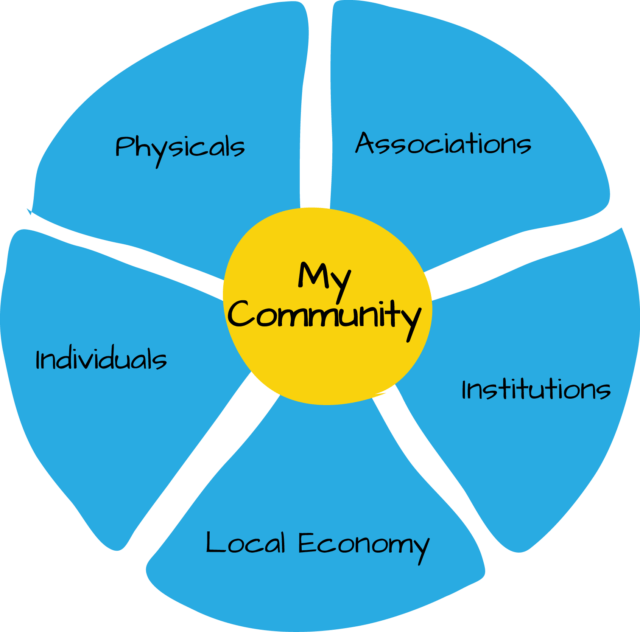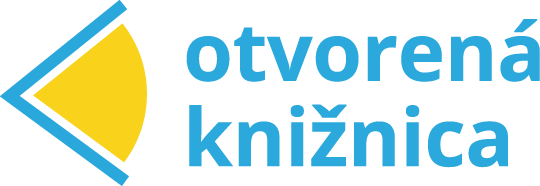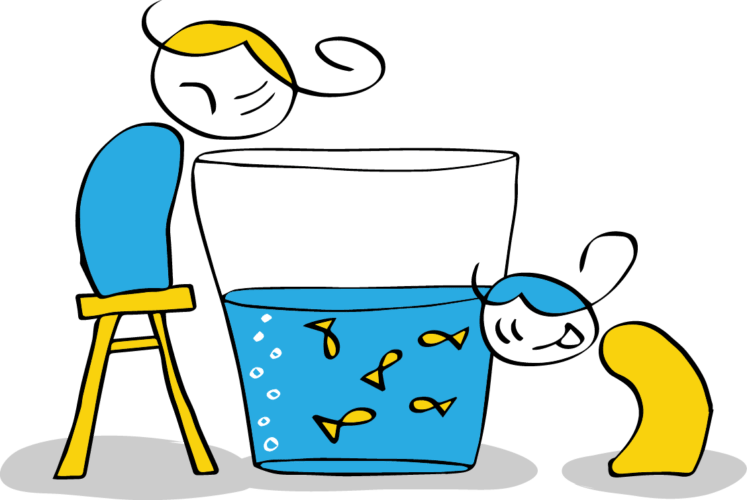Asset-based Community Development
Is a glass half empty or half full? Each of the two answers – half full or half empty – will lead us to a different perception of things. The first will support us more in realising what we have (glass filled with water) while the latter might direct us to what we lack (water in the glass). In community work, we could give other names to those two approach, the first is lin´ked to asset-based (looking at available resources) approach while the other is called needs-based or problem-based approach (looking at deficiencies). To know more, you can have a look at a comparison of these two. If you wish to see an example showing such differences in action, you can watch this video.
Let´s test the difference. Look at the picture below – what do you see? Write down all the things. Then look at the picture again and at a separate part of the paper oar another one write down answers to: What resources do you see? After you have finished, compare the two lists. What is the same? What is different?

Photo: https://www.wantedinrome.com/news/rome-trash-workers-get-bonus-for-going-to-work.htm
Even though both approach are practice across the world, we will focus on the first, the asset-based approach within communities.
ABCD, or Asset-based Community Development, is based on several hypotheses.
- Resources are everywhere around us.
- There are many resources that are not visible at a first sight, we need to really look to see them
- We do not consider many things as being resources
- Development is not about getting more, it is about using what we already have better
- Apart from material or physical resources, people have resources inside them as well
- Each of us has resources that can do a lot of good for ourselves and others. The minimum resource that we all have at our disposal is our life experience. Yet, there is so much more that we do give ourselves credit for.
- Using resources together in a community creates cooperation instead of competition. It creates a support network that makes stronger individuals as much as the whole community.
- The community mathematics is not 1 + 1 = 2, it actually is 1 + 1 = 5x, each resources we start using together creates way more potential than if we use it just by ourselves.
Assets or resources
What those resources might be? The following diagram shows one of the ways how to look at variety of resources present in communities.

The diagram can help us while mapping the community to make sure that something is not forgotten. The physical aspects refers to spaces, materials, equipment or anything else that can be weighed and measured. Local economy looks not only at local businesses but also at produce, handicraft or anything else that could be economically of some value but also the business opportunities there are that might at the moment be just a hobby or a voluntary action. The economic aspects of a community also focus on what financial resources people have available, what they spend money on (and what not) and how their financial situation is overall. A community will look differently if 30% of young people still in high school with no permanent income and their parents (who might or might not be a part of that community) being financially responsible for them from a community in which 30% are young parents with small kids and even more differently from a community, in which retired business people create 30% of the community.
Individuals mean the competences (skills, knowledge attitudes and values) of the people inhabiting the community, their relationships and diversity (not only in their backgrounds, but also education, interests, dreams or wishes, values etc.) – the more diverse our community is the more resilient it can become. At least that is what is indicated by more and more research.
Associations stand for NGOs, interest groups, informal groups or any other gathering of people with common interests doing something together. It seems that in Central and Eastern Europe the recent trend is moving away from the official formal organisations towards the informal and many times more personal setting.
Last but not least, there are also institutions in each community, it can be the official governmental authorities, but in the category we can also find schools, hospitals, public transport services or, believe it or not, also police can be a resource as much as fire fighters, libraries or media.
Why are we actually talking about all of this?
It’s pretty simple, really. Because any time you start to develop an idea in or for your community, you can use the asset-based approach from the very start. Instead of looking at how to solve the problem rather look at what and who has resources in the community to be able to change the problem into an opportunity. And to give you a very practical support, here you can find a whole handbook that will guide you through developing your project idea based on the ABCD approach.

